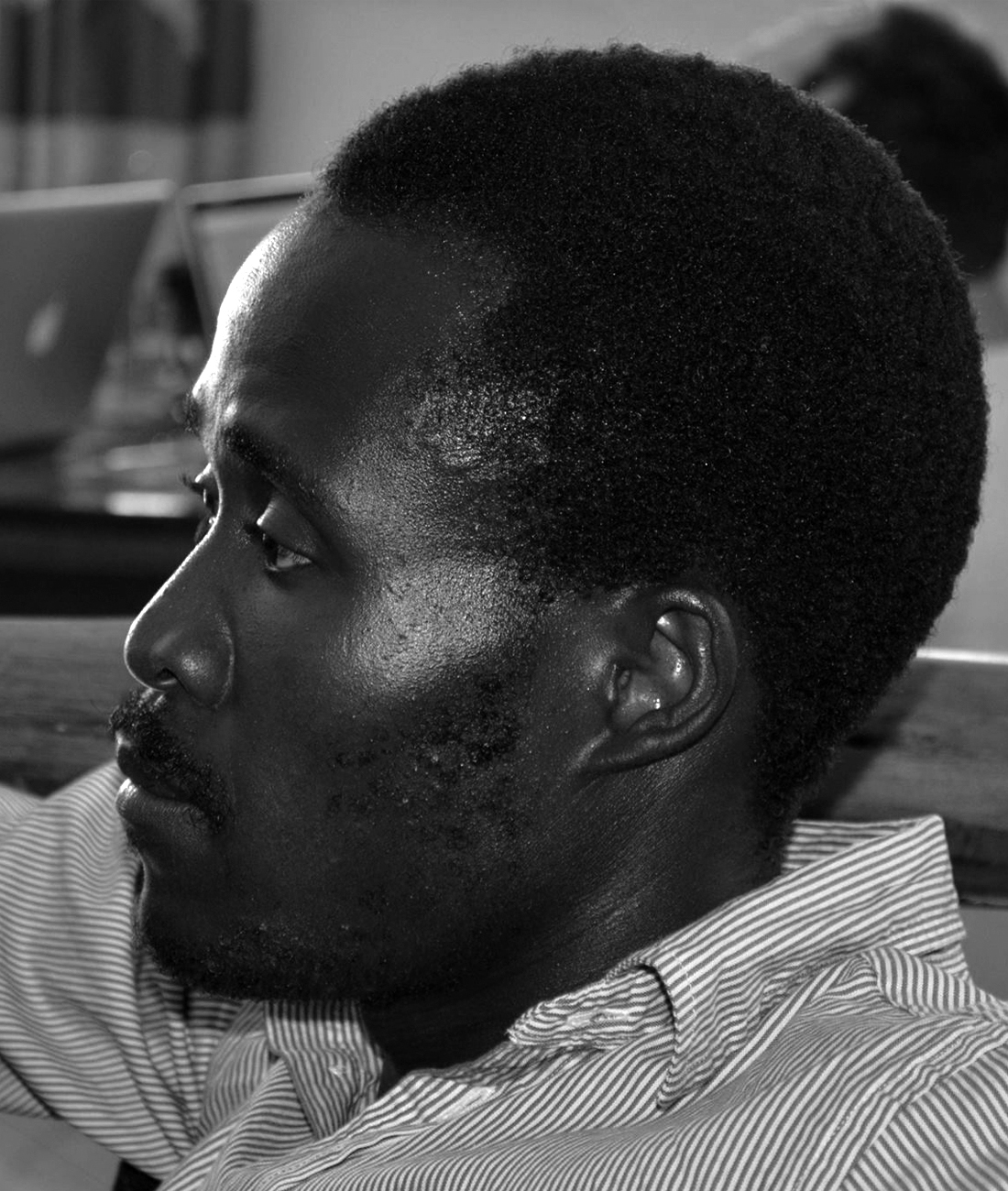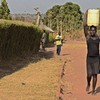The simple hoe has shaped our history
Although there are no records indicating the number of hand hoes, slashers, and machetes in each Sudanese home, it is usual that every home owns at least two of these ubiquitous tools. I talked to one of the elderly people, Yata Jane, in Wuluturu village near Yei. She is about 80 years of age. She told me: “In olden times hoes were only made out of rocks. They looked different from the hoes we have now.” She says in the past years, especially during the 24 year war, it was very difficult to find these tools, since there were few people who were skilled in making them. And they hardly imported such tools.

Residents of Yei using the tried and tested hand Hoe
What has changed today however is the type of hoe available. The hoe advantages of the hoe are clear. It is easy to hold and cheap. It costs about 10 Sudanese Pounds (about $5 Dollars) and normally last for at least two years.
But the hand hoe also has some disadvantages. And its major disadvantage is that it is time-consuming, especially for ploughing. It takes a person a month to plough an acre of land with a hoe. Yet it takes about five days with an ox-plough, while a tractor takes one day.
After the signing of the CPA, the county authorities, the NGOs, as well as CBOs have embarked on revitalising the agricultural industry of Sudan. They have emphasized that people should till the land until it become fertile again and tools such as the hand hoe, slashers, and machetes were distrubuted. They also get seeds when seasons for planting come. NGOs like Action Africa Help International and others in conjunction with the South Sudanese Government GOSS have been supplying farmers with these things.
I talked to Mr. Dara Elisha, the agriculture extension officer of Action Africa Help International. And he told me: “After carrying out the research on agricultural products, we provide farmers with the market prices. So every farmer decides where to sell their produces, considering different prices and markets.” According to Mr. Dara, unreliable rainfall has always been the major cause of the low productivity in the county along with the fact that farmers have had to share their ox-ploughs and tractors. Normally improved farming techniques are used by farmers who are in the certain groups (association), since they tend to share the costs involved.
Again, ox-ploughs or tractors can only be used by farmers who work on relatively large pieces of land. But most of the farmers in Yei still use hand hoe, simply because they just can not afford ox-ploughs or tractors.





